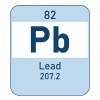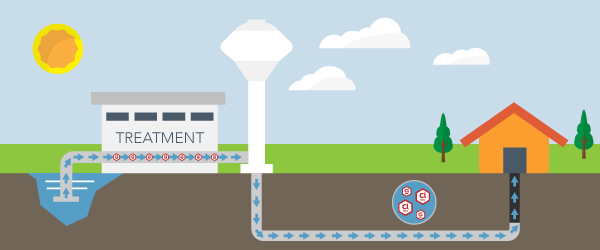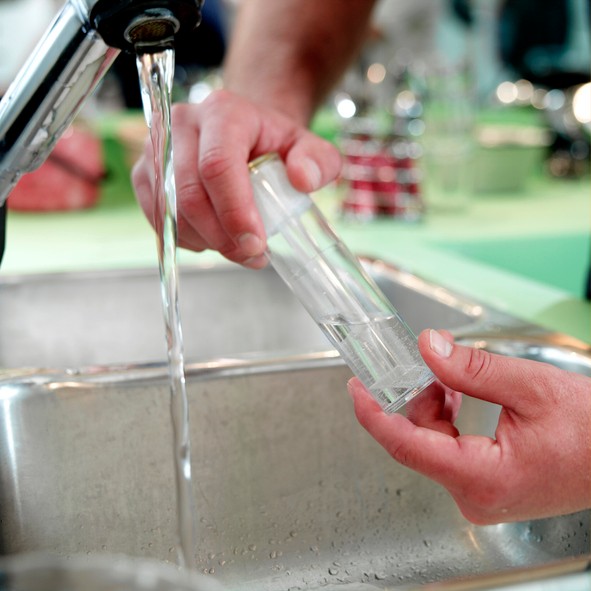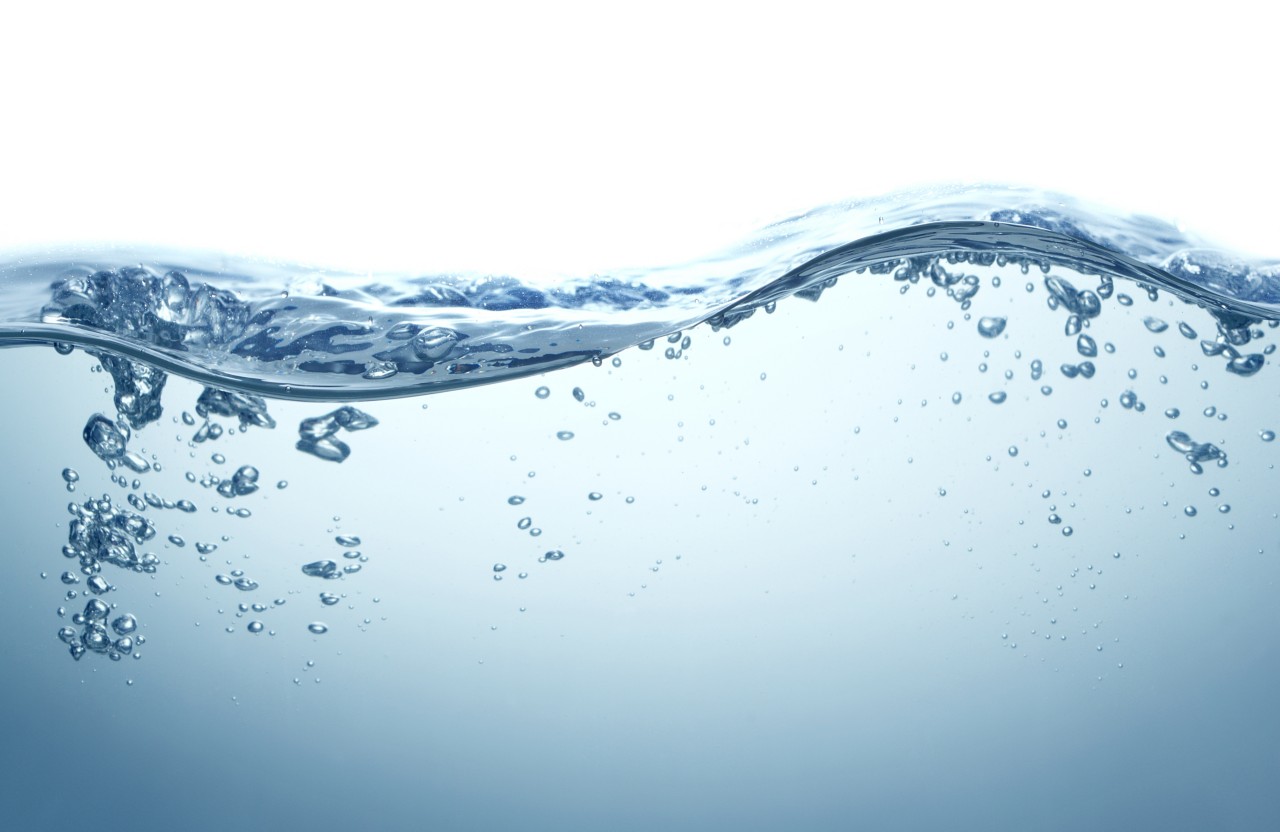- Water Softening & Filtration
- Education
- Learn About Lead
First Things First: What, Exactly, Is Lead?

According to the Environmental Protection Agency (EPA), lead is a chemical element found underground in the Earth’s crust. It exists in most parts of our environment – soil, air, and water. And, as the world has come to know all too well, lead is one heavy metal that can affect any human’s health and well-being.
Thanks to state and federal regulations set in the 1980s, you can no longer buy products like lead-based paint and leaded gasoline. Yet, lead can still enter the environment in multiple ways. Industrial sources and contaminated areas - as stated in this article’s opening source - can increase the concentration of lead in nearby air and soil.
Causes of Lead in Water
In 2014, reporters discovered frightening lead levels in the drinking water of Flint, Michigan, and the problem is ongoing. Since then, the government has replaced 85% of the pipes in Flint and inspected more than 25,000 service lines. Scarier still: investigative reporting done by USA Today in 2016 identified almost 2,000 water systems that contain harmful levels of lead throughout the country.
Which begs the question: how does this happen? How does lead get into the water supply in the first place?
Well, service pipes that contain lead are a major piece of the puzzle, but so is the process of corrosion. Corrosion is a natural process that occurs between water and the pipes that transport treated water to your home, according to a journal article published by the American Water Works Association. It’s a chemical reaction that dissolves and wears away the metal in the pipes. Water typically does not leave the treatment facility contaminated with lead; this occurs in transit before the water reaches your tap if the pipes serving your home have lead in their construction.
According to the EPA, many factors can increase the likelihood of corroded lead getting into your drinking water. These factors include:
- High acidity levels in the water
- Low mineral content in the water
- A lack of protective coating or scales in your plumbing
- Pipes that already exhibit a high amount of wear
- High water temperature
If you live in an older home, you could have lead piping contributing to the problem. The EPA states that it is less likely that your home contains lead fixtures, solder, or pipes if your home was built after 1986.
However, your exposure will vary based on the service lines in your area. According to the EPA1, lead service lines still service as many as 9 million homes, which is the cause of the problem in the first place.

Effects of Lead in Drinking Water
Lead is harmful even in small doses, as the EPA attests. The EPA has set the maximum contaminant level goal for lead in drinking water at zero. This means that there is no amount of lead, no matter how small, that’s safe for human consumption.
How to Test Your Water for Lead
The EPA’s Public Notification Rule requires that your local public water system notify you if there is a problem detected in your drinking water. If you get your water from a private well, you are responsible for maintaining your water’s cleanliness and testing it. The EPA does not regulate privately-owned wells.
If you believe the drinking water in your home may contain lead, we recommend that you conduct a water test at home. There are many options available for water testing in your home.
Our 16-Point Rapid Water Test will check your water for 16 common contaminants, including lead. This affordable water test will measure the amount of lead in your drinking water. Order a test and consider using a point-of-use filter if you are concerned about lead contamination.
Remember, any amount of lead in your water is cause for concern. After reading your water quality analysis report, it’s best to contact the lab that conducted the testing if you have any questions. If you are still having trouble determining whether there is lead in your drinking water, contact Pentair Water Solutions.

How to Filter Lead From Water
The Centers for Disease Control and Prevention (CDC) recommends removing the lead source, such as a corroded pipe, to address the issue’s cause.
In places where this process will take years to complete, the CDC points out that homeowners may wish to consider installing water filters designed to reduce harmful contaminants like lead from the water supply.
Water filtration systems that use reverse osmosis or have a whole house lead filter may be able to effectively reduce the amount of lead in contaminated water. The water filtration system you choose will change based on whether the lead is entering your water from pipes in your home or pipes from the city en route to your home. You will need a point-of-entry (POE) system to treat water tainted with lead from distribution pipes, and a point-of-use (POU) system if the pipes in your own home contain lead.
However, not all water filters reduce lead. This comprehensive list of water treatment systems that filter lead from your drinking water will help you make the best choice.
Water Filters that can Address Lead
If you determine that you need a water filter to address lead, consider one of these options:
- Countertop Drinking Filter System - For families on a tight budget, the Countertop Drinking Filter System is a cost-effective choice. This water filter system, available in countertop and under-the-counter models, filters more than 60 contaminants, including lead. The system is NSF-certified and filters up to 98% of lead. When used as directed you’ll enjoy better tasting, refreshing water for your whole family.
- FreshPoint GRO-575 Five-Stage Reverse Osmosis System - This system delivers worry-free water in a snap. Our unique "click and enjoy" design simplifies cartridge exchange with technology certified to reduce 98.6% of lead. The GRO-575 is a five-stage reverse osmosis system that reduces more than 90% of all contaminants and impurities found in water.
- Drinking Water Purification System - This state-of-the-art water purifier targets unwanted elements on a microscopic level, filtering compounds bacteria, viruses, chlorine, lead, and microorganisms. Its three-stage design will discontinue water flow when its capacity to filter unwanted elements is exhausted, conveniently alerting you it is time to replace the filter.
- Heavy Duty Lead Filtration System - When you have heavy metals in your water, you need a heavy-duty solution. Meet the ultimate contender: the Pentair Heavy Duty Lead Filtration System. This filter is certified to reduce lead and cysts like Giardia, while maximizing your water pressure. Keep your family connected to refreshing, great-tasting water with a system approved by the pros.
To say that lead is a dangerous contaminant is an understatement. That’s why the people of Pentair are so committed to delivering smart, sustainable water solutions that get the world spinning in a happy, refreshing new direction.
1 Environmental Defense Fund (EDF). 2019. Grading the nation: State disclosure policies for lead pipes. Retrieved from https://www.edf.org/sites/default/files/content/LSL-State-Disclosure-Report-Update0319.pdf

